Blackjack
What is Blackjack?

Blackjack is a popular card game played against the dealer, where the goal is to have a hand value as close to 21 as possible without going over. Players are dealt two cards, and they can choose to "hit" (draw a card) or "stand" (keep their current hand). Face cards (Kings, Queens, and Jacks) are worth 10 points, Aces can be worth 1 or 11, and all other cards are worth their face value. The player wins if their hand totals higher than the dealer's without exceeding 21.
Blackjack Bankroll Management
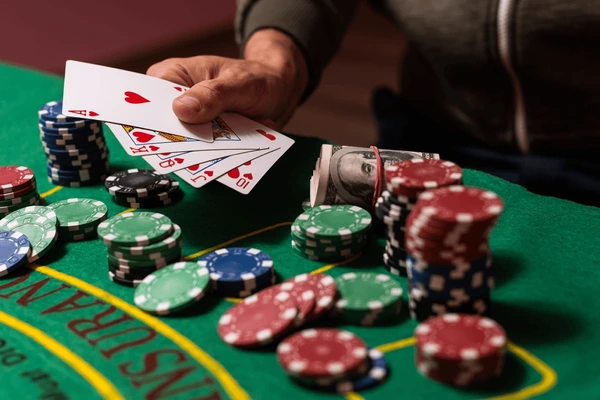
Blackjack bankroll management involves setting a budget, adjusting bet sizes according to your bankroll, and avoiding betting more than you can afford to lose. A common strategy is to bet 1-2% of your total bankroll per hand, helping to reduce risk while allowing for extended play. It's also wise to set win and loss limits to avoid chasing losses or becoming overconfident after a win.
Blackjack Dealer Tells
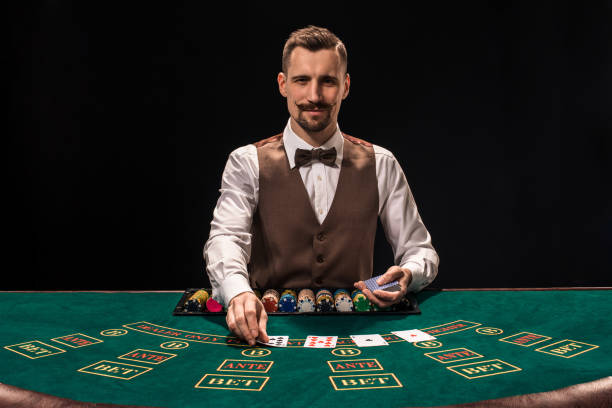
Blackjack dealer tells are subtle cues or habits that a dealer may exhibit, which could offer insights into the game. Some players believe that watching a dealer’s behavior—such as body language, gestures, or how they handle cards—can help predict how the game will unfold. However, it’s important to note that these "tells" are not always reliable, as dealers are trained to be consistent and neutral in their actions.
Whats is history of Blackjack?
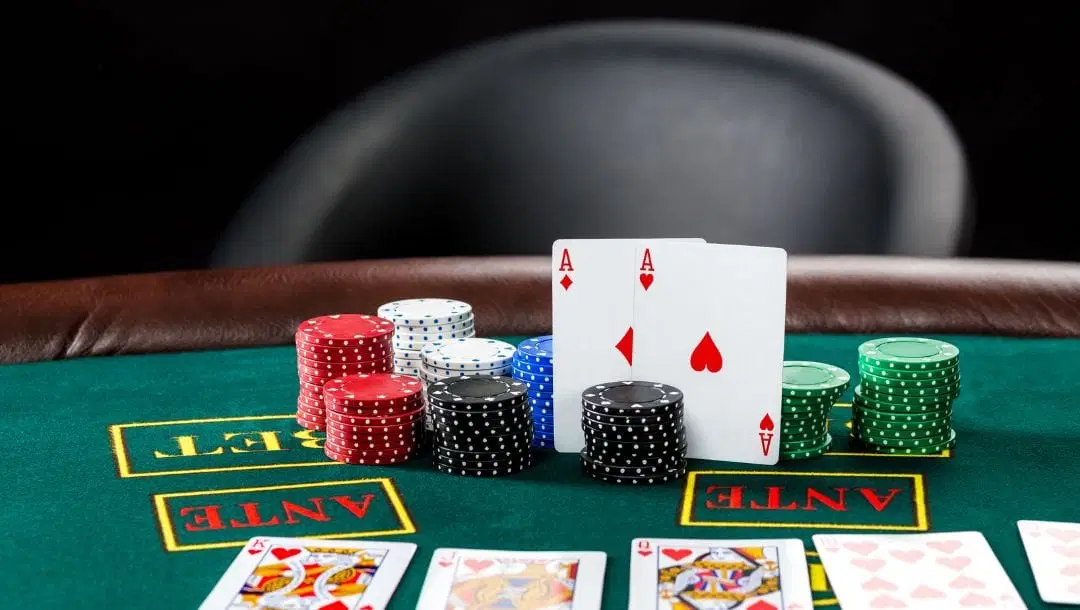
Blackjack originated in French casinos in the 1700s as "Vingt-et-Un" and evolved from earlier card games. It became widely popular in the U.S. in the 20th century, with the name "Blackjack" coming from a special payout for a hand featuring the Ace of Spades and a black Jack.
Blackjack Legends: Arnold Snyder
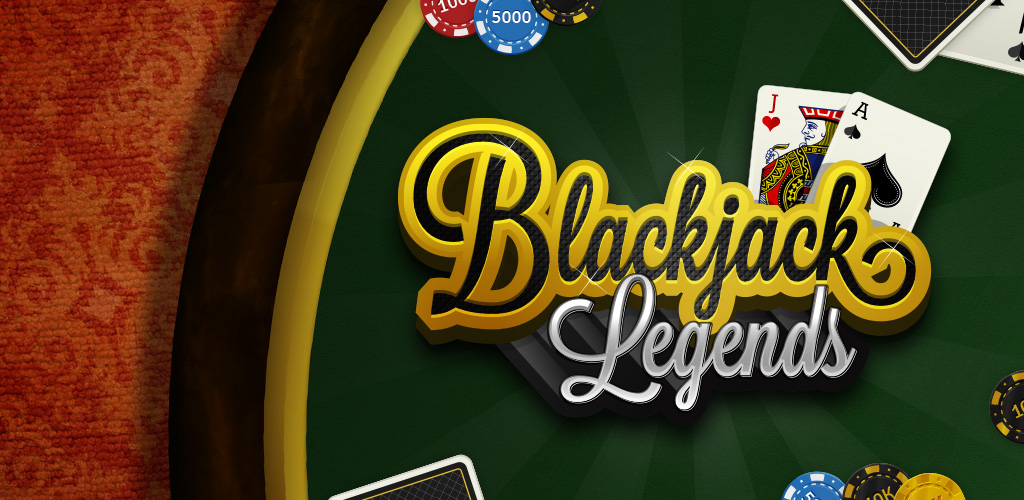
Arnold Snyder is a well-known figure in the blackjack community, renowned for his contributions to card counting strategies and blackjack literature. He authored several influential books on the game, including The Blackjack Formula and The Blackjack Shuffle Tracker’s Cookbook, which helped educate players on advanced techniques to improve their odds of winning.
Blackjack Legends:Bill Kaplan and J.P. Massar
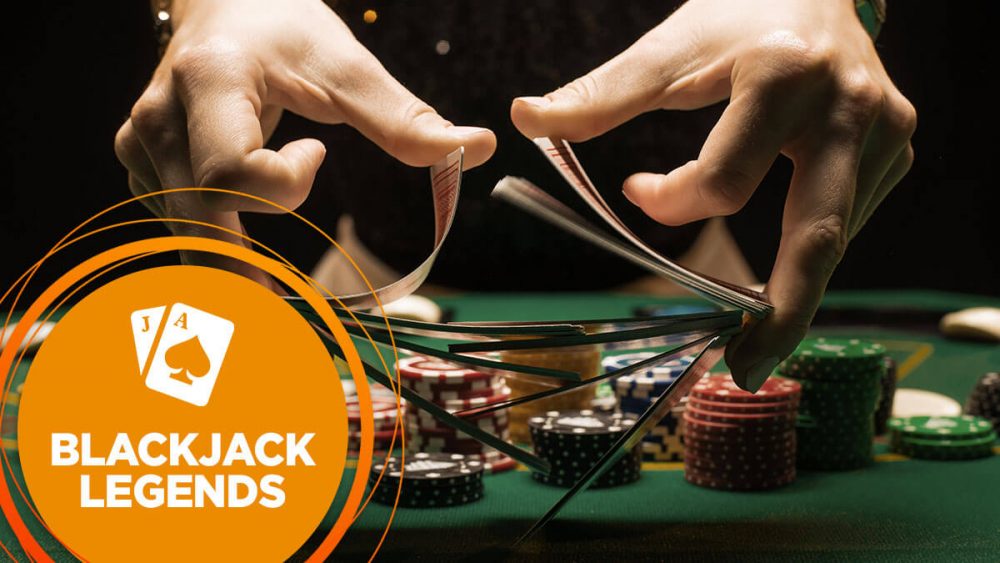
Bill Kaplan and J.P. Massar are famous for co-founding the "Red Seven" blackjack team in the 1980s, using advanced card counting and betting strategies to beat casinos. Their success revolutionized blackjack by demonstrating the power of team-based card counting.
Blackjack Legends: Don Johnson
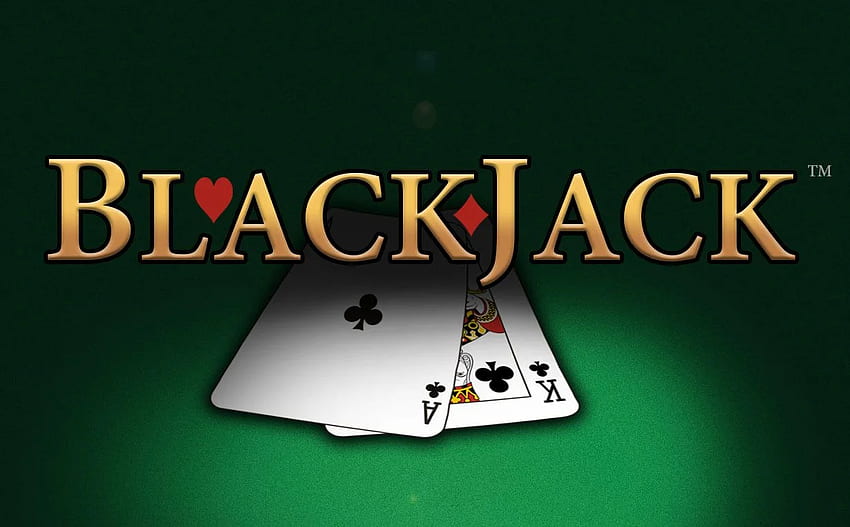
Don Johnson is a blackjack legend known for winning millions of dollars from casinos in Atlantic City and Las Vegas in the early 2010s. He used a combination of skill, card counting, and favorable rules to exploit weaknesses in the casinos' offerings, winning around $15 million in a span of just six months
Blackjack Legends: Edward Thorp
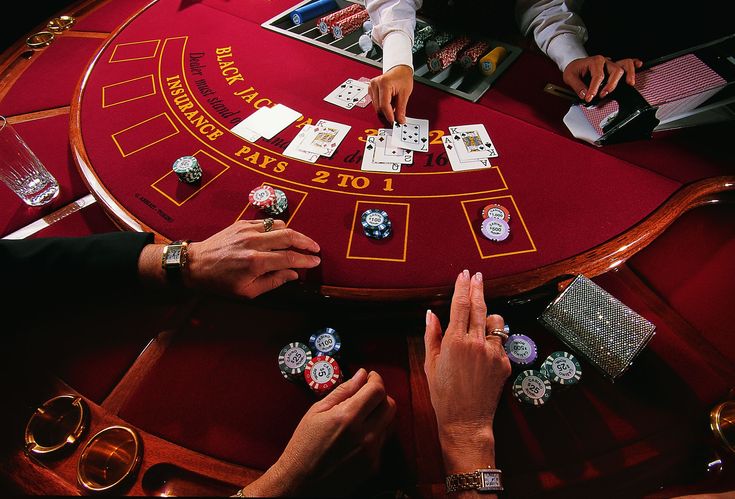
Edward Thorp is considered the father of modern card counting in blackjack. In 1962, he published Beat the Dealer, which introduced the concept of card counting and demonstrated how players could gain an advantage over the casino, revolutionizing the game. Thorp's work laid the foundation for the development of more advanced strategies and inspired generations of blackjack players.
Blackjack Legends:Erica-Schoenberg
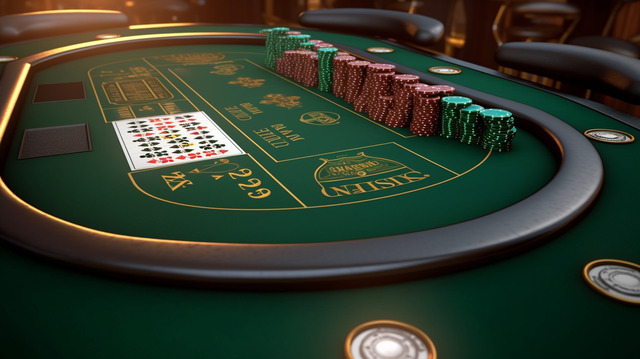
Erica Schoenberg is a renowned figure in the blackjack world, known for being one of the first female professional card counters. She gained fame not only for her success in blackjack but also for her appearance on the reality show Casino Wars, where she demonstrated her skills. Schoenberg is highly respected for her expertise in card counting and her contributions to breaking the gender stereotypes in professional gambling.
Blackjack Legends: Ken Uston and Al Francesco
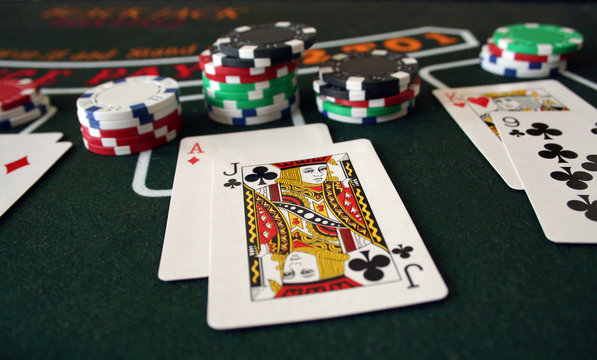
Ken Uston and Al Francesco are legends in blackjack for pioneering team card counting strategies in the 1970s. Uston helped popularize these methods through his book The Big Player, showcasing their success in beating casinos.
Blackjack Legends: Kerry Packer

Kerry Packer was an Australian media mogul known for his high-stakes gambling, particularly in blackjack. He was famous for using his immense wealth and strategic play to win millions at casinos around the world, often playing with a team of professionals.
Blackjack Legends:Russ Hamilton
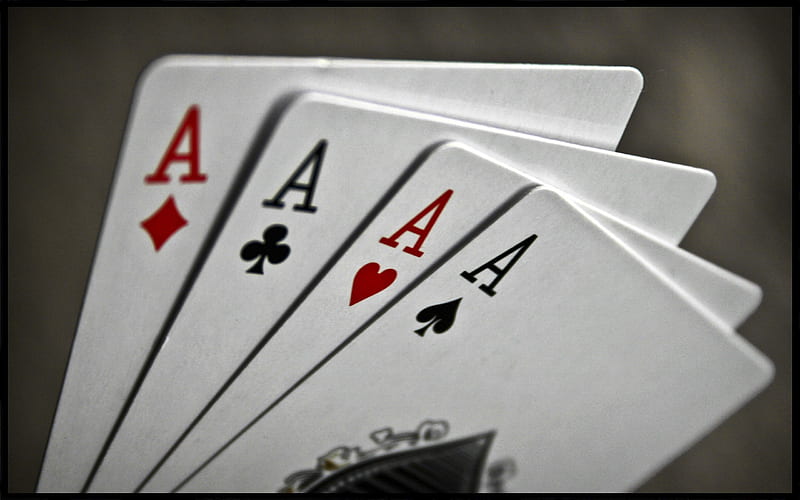
Russ Hamilton is a former blackjack player known for his involvement in one of the biggest cheating scandals in casino history. In the 1990s, Hamilton exploited a flaw in the casino's electronic shuffle machines, which allowed him to manipulate the outcome and win millions before being caught.
Blackjack Myths destroy your Bankroll
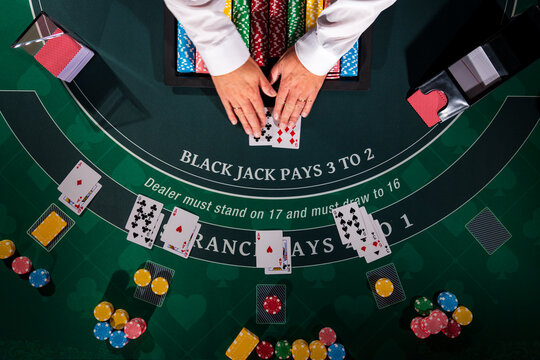
One major myth that can destroy your bankroll in blackjack is the belief that you can rely on "hot" tables or superstitions to guarantee wins. Another dangerous myth is the idea of increasing your bet size after a loss (the Martingale system), which can quickly lead to significant losses and deplete your bankroll if you're not careful.
Blackjack odds
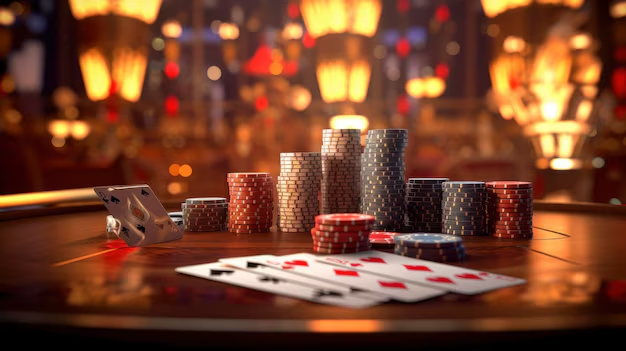
In blackjack, the odds depend on various factors like the number of decks used and the specific rules of the casino. On average, the house edge for a typical blackjack game is around 0.5% if you use basic strategy. However, card counting can reduce the house edge further, potentially giving skilled players an advantage. The odds of winning a hand are approximately 42-49%, with the dealer winning around 50-56%, depending on specific game conditions.
Blackjack Party Pits – How the House Edge Increases
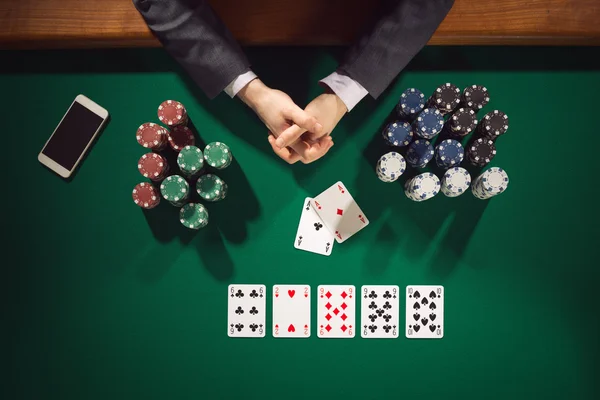
In Blackjack Party Pits, the house edge increases due to the faster pace of the game and the presence of multiple players, which reduces the time for strategic decision-making. Additionally, the smaller deck sizes used in these variants make card counting less effective, further tilting the odds in favor of the house.
Blackjack Switch
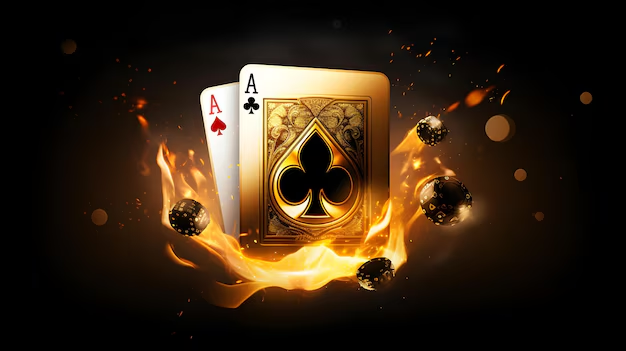
Blackjack Switch is a variation of traditional blackjack where players are dealt two hands and have the option to switch the second card between their two hands. This adds a strategic element, as it allows players to improve their hands by swapping cards, but the house compensates for this advantage by offering a lower payout for a natural blackjack (usually 1:1 instead of 3:2) and sometimes by altering the rules, such as requiring the dealer to hit on a soft 17.
Blackjack Tournament Strategy
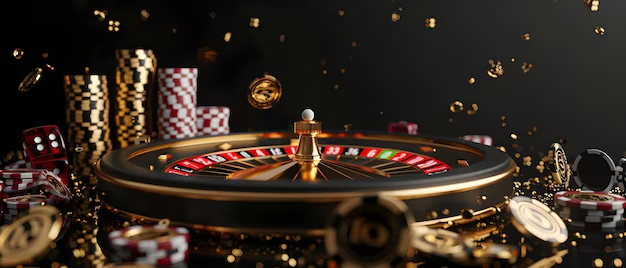
In Blackjack tournaments, the strategy focuses on accumulating more chips than your opponents, often by adjusting your bet sizes based on your position in the leaderboard. Players should take calculated risks when behind and play conservatively when leading to protect their chip count while considering the dealer’s upcard and tournament rules.
Casino Tricks used on Blackjack Players
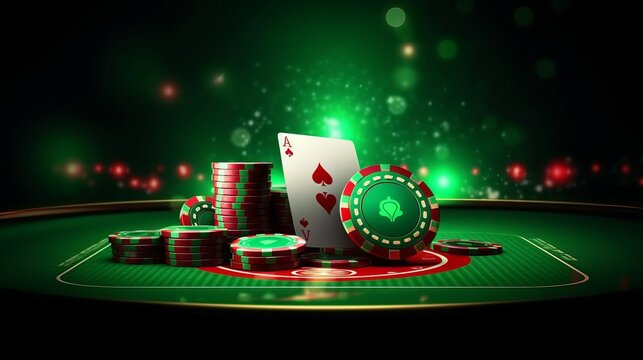
Casinos sometimes use subtle tricks to increase their edge over blackjack players, such as altering the shuffle or dealing from a shoe with fewer cards to reduce the player's advantage. They might also employ tactics like using automatic shufflers to eliminate card counting or introduce rule changes like restricting doubling down or splitting to make the game more favorable to the house.
Classic Blackjack

Classic Blackjack is the traditional version of the game, where players aim to have a hand total of 21 or as close to it as possible without exceeding it. Players are dealt two cards, and can choose to "hit" (draw a card), "stand" (keep their hand), "double down" (double their bet and take one more card), or "split" (divide a pair into two separate hands), with the goal of beating the dealer's hand, who must follow specific rules such as hitting on 16 or less and standing on 17 or more.
D’Alembert System in Blackjack
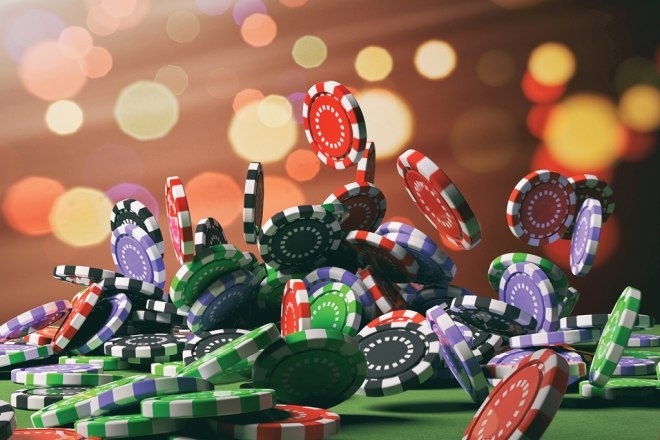
The D'Alembert system is a betting strategy often used in blackjack, where players adjust their bets based on the outcome of the previous round. After a loss, the player increases their bet by one unit, and after a win, they decrease their bet by one unit, aiming to balance out the losses over time and slowly recover when on a losing streak.
Do Blackjack Betting Systems Work?
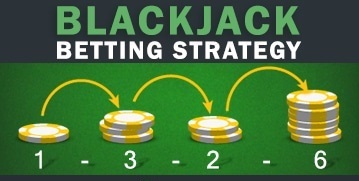
Blackjack betting systems, such as the Martingale or D'Alembert, do not change the fundamental odds of the game, so they don't guarantee long-term success. While they can help manage your bankroll and create a structured betting approach, the house edge remains, and no betting system can overcome the inherent variance and randomness of the cards dealt.
How Realistic is Blackjack Card Counting?
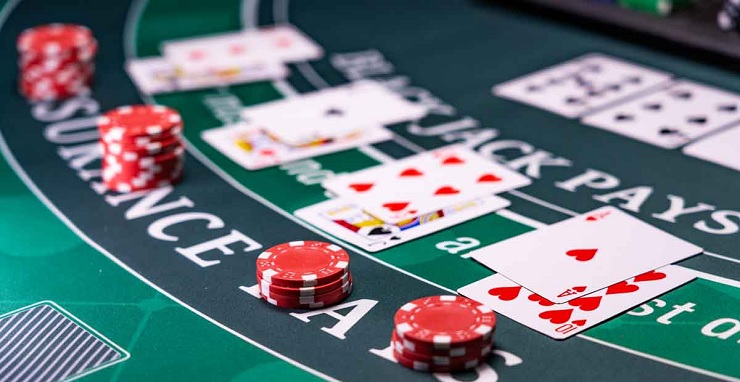
Blackjack card counting can be realistic and effective in certain conditions, especially in games with fewer decks and where the dealer shuffles less frequently. However, it's difficult to consistently profit from it in the long term, as casinos use various countermeasures like frequent shuffling, automatic shufflers, and surveillance to detect and prevent card counters. Additionally, card counting requires a high level of skill and concentration, making it challenging for most players to use successfully.
How to earn money in online Blackjack casino?
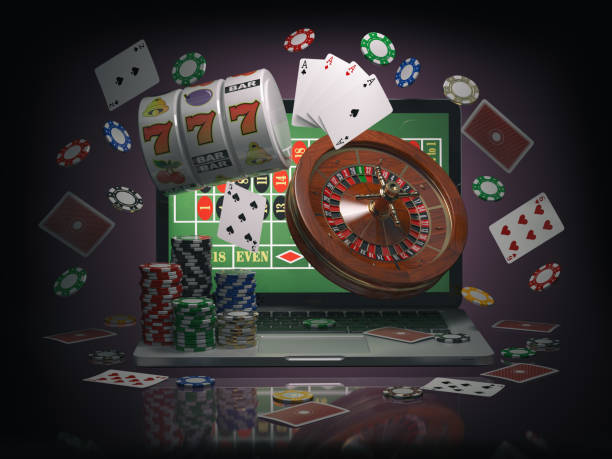
To earn money in online blackjack, it's crucial to master basic strategy, manage your bankroll, and take advantage of bonuses and favorable game rules. While betting systems can help manage your funds, remember that blackjack is still a game of chance, and there's no guaranteed way to win consistently.
How to Play Casino Blackjack?
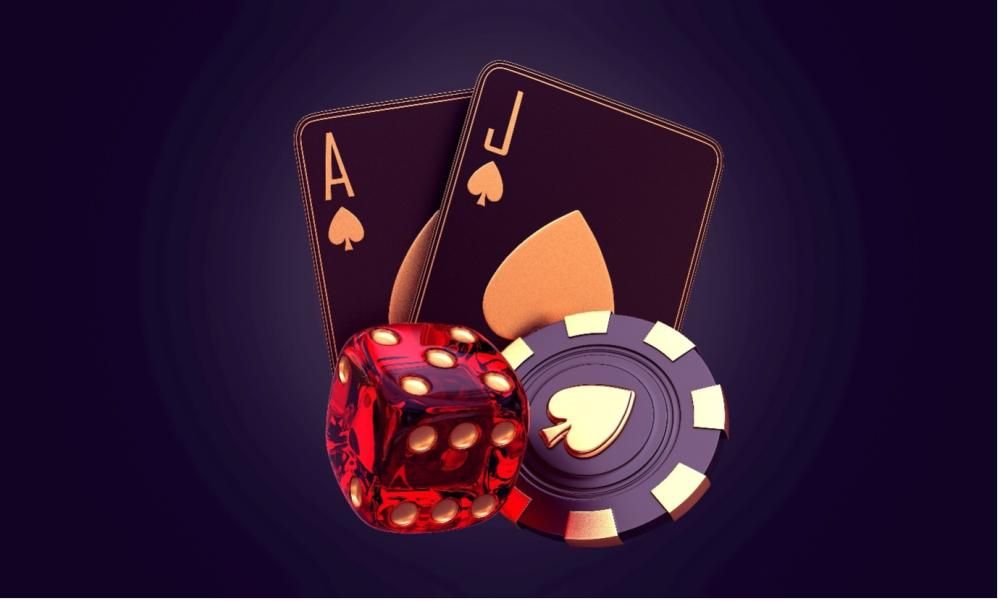
To play casino blackjack, your goal is to get a hand total of 21 or as close to it as possible without exceeding it, while beating the dealer’s hand. Each player is dealt two cards, and can choose to "hit" (draw a card), "stand" (keep their hand), "double down" (double the bet and take one more card), or "split" (split a pair into two separate hands), while the dealer must follow specific rules, like hitting on 16 or less and standing on 17 or more.
How to play Live Dealer Casino Blackjack?
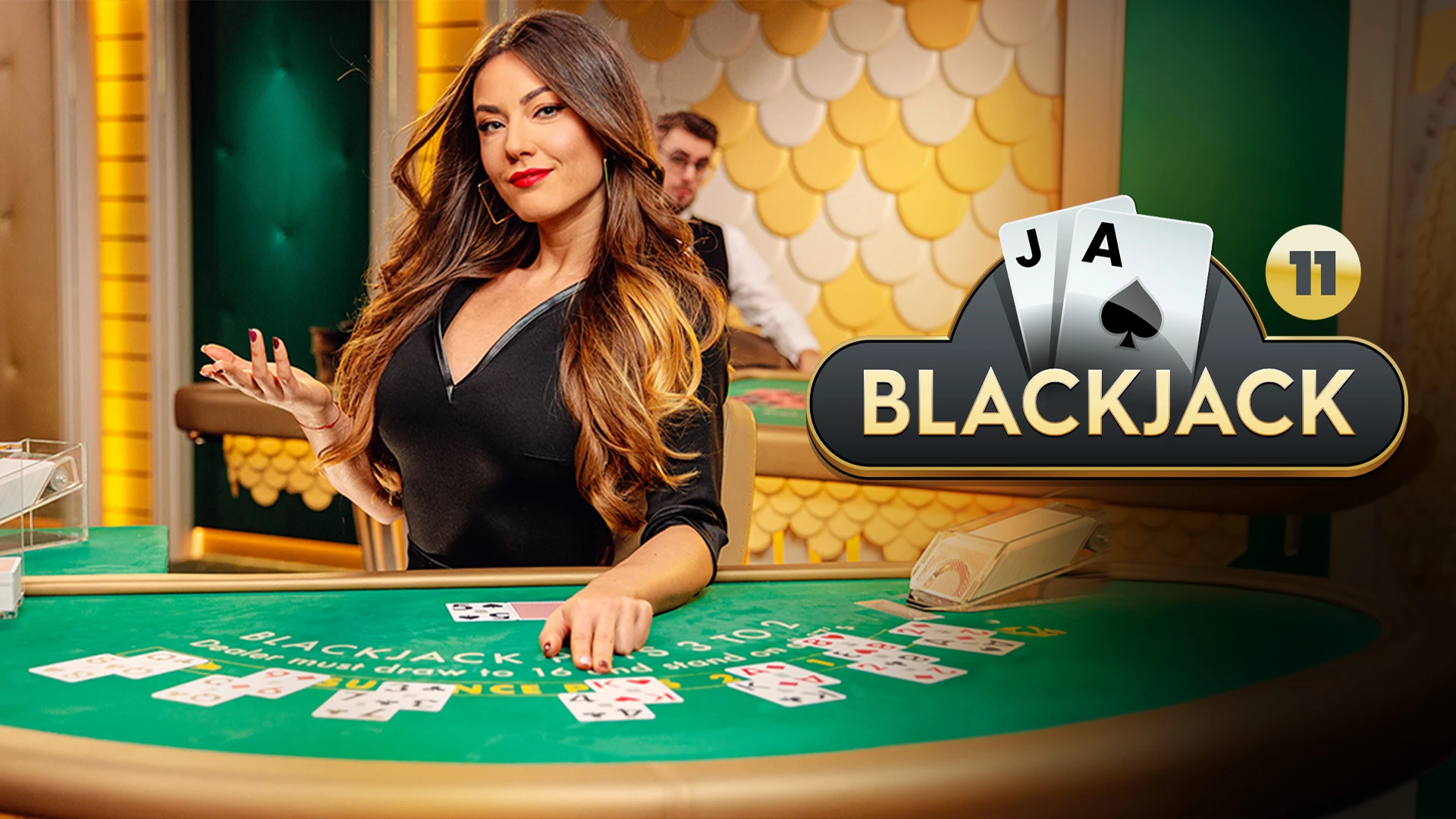
To play live dealer casino blackjack, you'll join a virtual blackjack table streamed in real-time from a casino, where a live dealer deals cards to players through an online interface. You place your bets using virtual chips, receive two cards, and then make your decisions (hit, stand, double down, or split) based on the cards dealt, just like in traditional blackjack, while the dealer follows the standard rules. The key difference is that the interaction is live, and you can see and chat with the dealer and other players during the game.
How to Play Online Blackjack?
.jpg)
To play online blackjack, you'll first choose a blackjack table in the online casino and place your bet. You’ll then receive two cards, and you can choose to "hit" (draw a card), "stand" (keep your current hand), "double down" (double your bet and receive one more card), or "split" (split a pair into two hands), with the goal of having a hand value of 21 or as close to it as possible without going over, while the dealer plays according to specific rules (usually hitting on 16 or less and standing on 17 or more).
Is Insurance Blackjack - A Bad Bet?
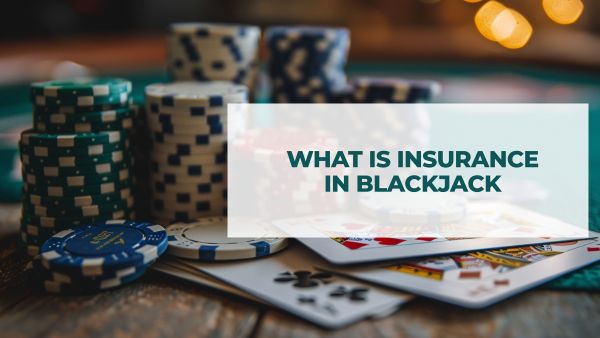
Yes, taking insurance in blackjack is generally considered a bad bet. While it may seem like a good idea when the dealer shows an Ace, the odds are against you, as the dealer is more likely to have a 10-value card rather than a blackjack, and the payout for insurance is typically 2:1, which doesn't offset the risk in the long run. Most experts recommend avoiding insurance and focusing on the basic strategy instead.
Kelly Criterion Strategy On blackjack

The Kelly Criterion is a betting strategy that calculates the optimal bet size based on your edge and the odds of winning, aiming to maximize bankroll growth. In blackjack, it’s most useful for skilled players who can accurately assess their advantage, often through card counting, but may not be as effective for casual players.
Live Dealer Casino Blackjack Card Counting – Does it work?
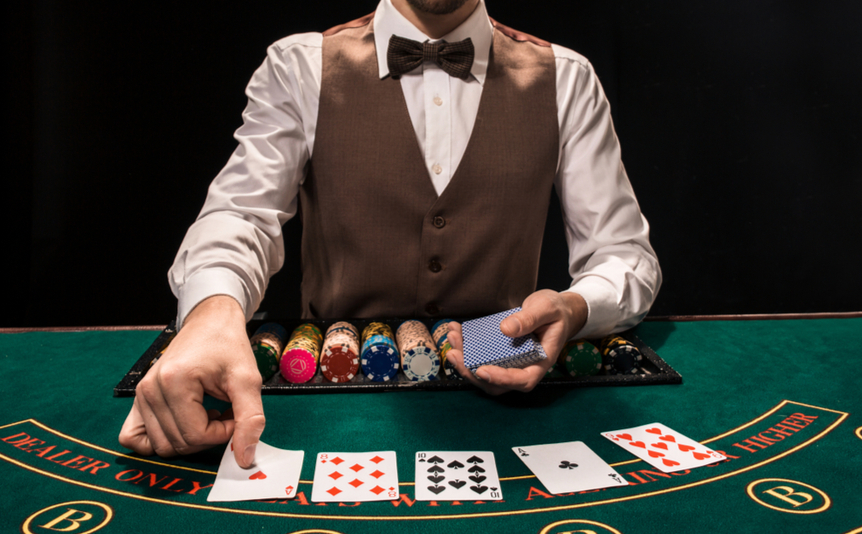
Card counting in live dealer casino blackjack can be more challenging than in traditional casino settings, as the dealer shuffles cards more frequently, and some casinos use automatic shuffling machines. While it is still possible to count cards in live dealer games, the effectiveness is limited due to these factors, and casinos are highly vigilant about detecting card counters, which may lead to being banned from playing.
Martingale Strategy on Blackjack
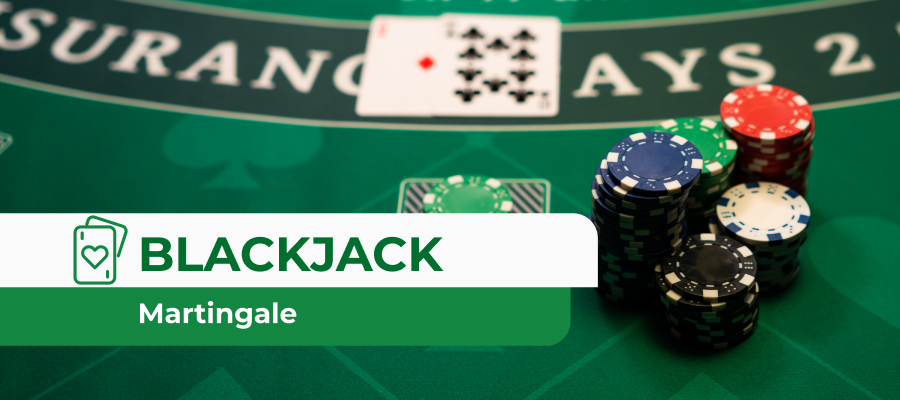
The Martingale strategy in blackjack involves doubling your bet after every loss, with the idea that when you eventually win, you'll recover all previous losses and make a profit equal to your original bet. While it can work in the short term, it carries significant risks because a long losing streak can quickly deplete your bankroll, and many casinos impose betting limits that prevent you from continuing to double your bet indefinitely.
Online Blackjack Card Counting – Is It Possible?
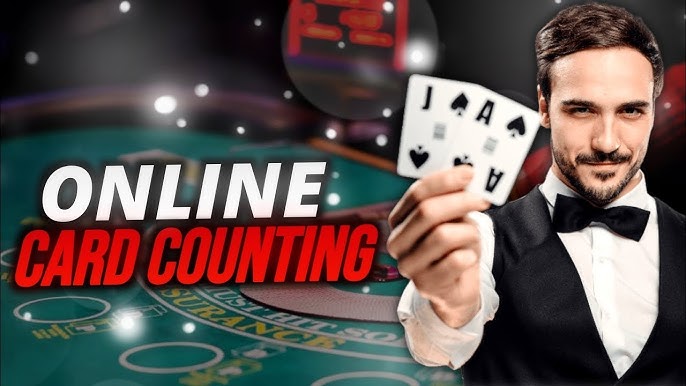
Online blackjack card counting is possible but much more difficult than in physical casinos due to several factors. Most online casinos use automatic shufflers or reshuffle the deck after every hand (especially in live dealer games), which eliminates the ability to track card sequences, and many games also feature multiple decks, further reducing the effectiveness of counting. Additionally, online casinos often monitor for irregular betting patterns, making it harder to employ this strategy undetected.
What are Advantages of playing at Crowded Blackjack Tables
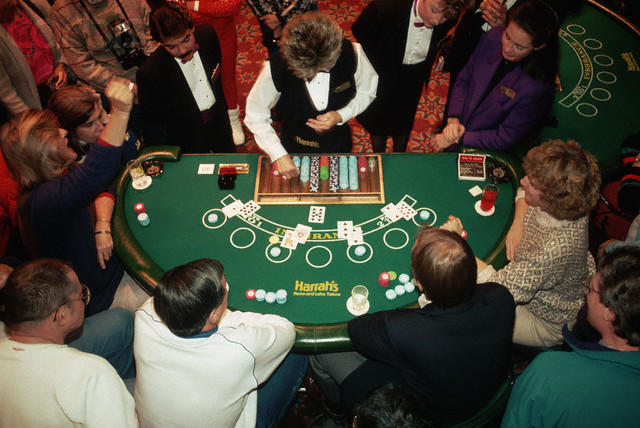
Playing at crowded blackjack tables can offer a few advantages, such as slowing down the pace of the game, allowing more time to make decisions and think through your strategy. Additionally, with more players, the chances of the dealer busting increase, as the more cards in play can lead to more unfavorable hands for the dealer.
What are Basic Blackjack Strategy
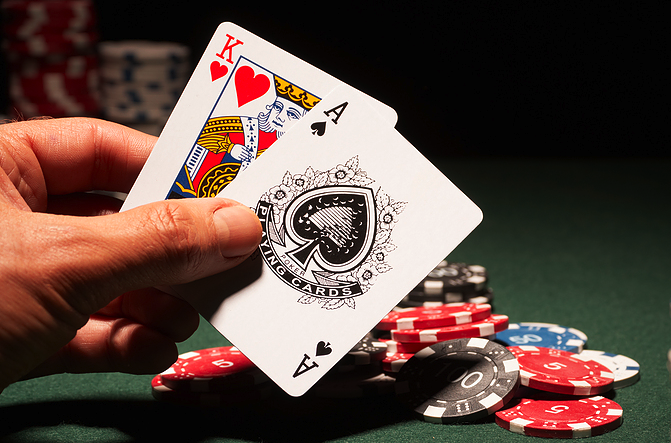
Basic blackjack strategy involves making decisions based on your hand and the dealer’s upcard, such as standing on 17 or higher, hitting on 11 or lower, and doubling down on 10 or 11 against a dealer’s weak card. It also emphasizes always splitting Aces and 8s, while avoiding insurance, to minimize the house edge.
Blackjack Tips For Beginners
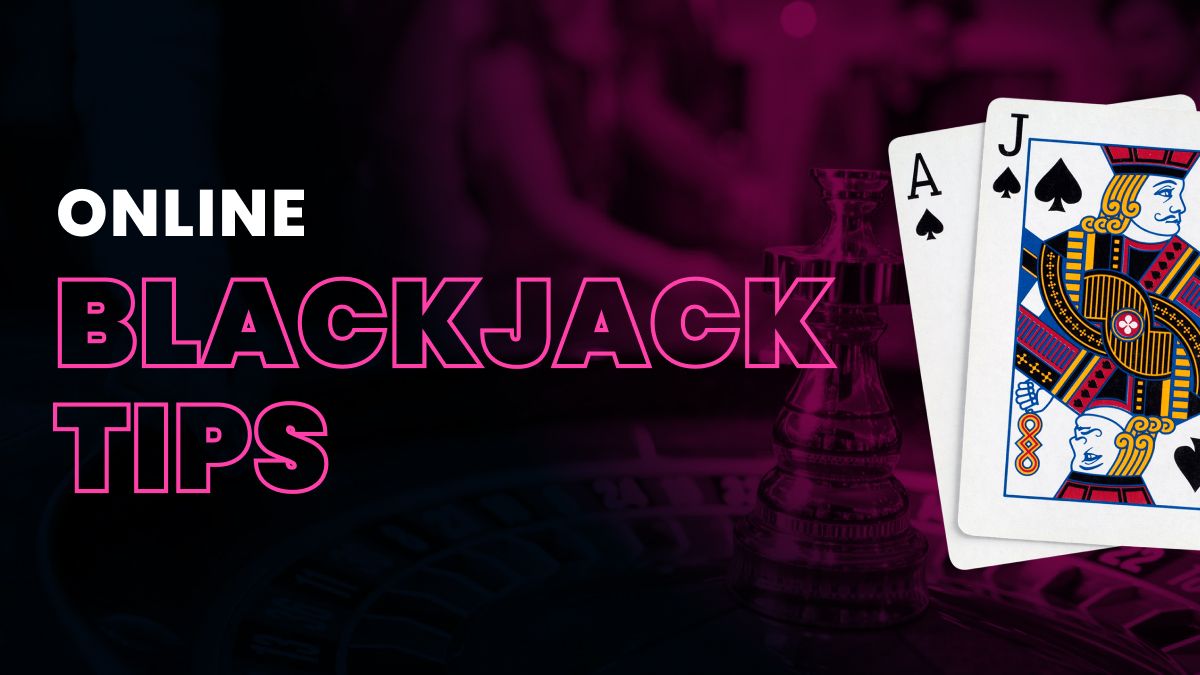
For beginners, start by learning and practicing basic blackjack strategy, which will help you make the best decisions based on your hand and the dealer’s card. Also, manage your bankroll carefully, avoid risky bets like insurance, and play at tables with favorable rules, such as those offering a 3:2 payout for blackjack and low deck counts.
What are Blackjack Cheats
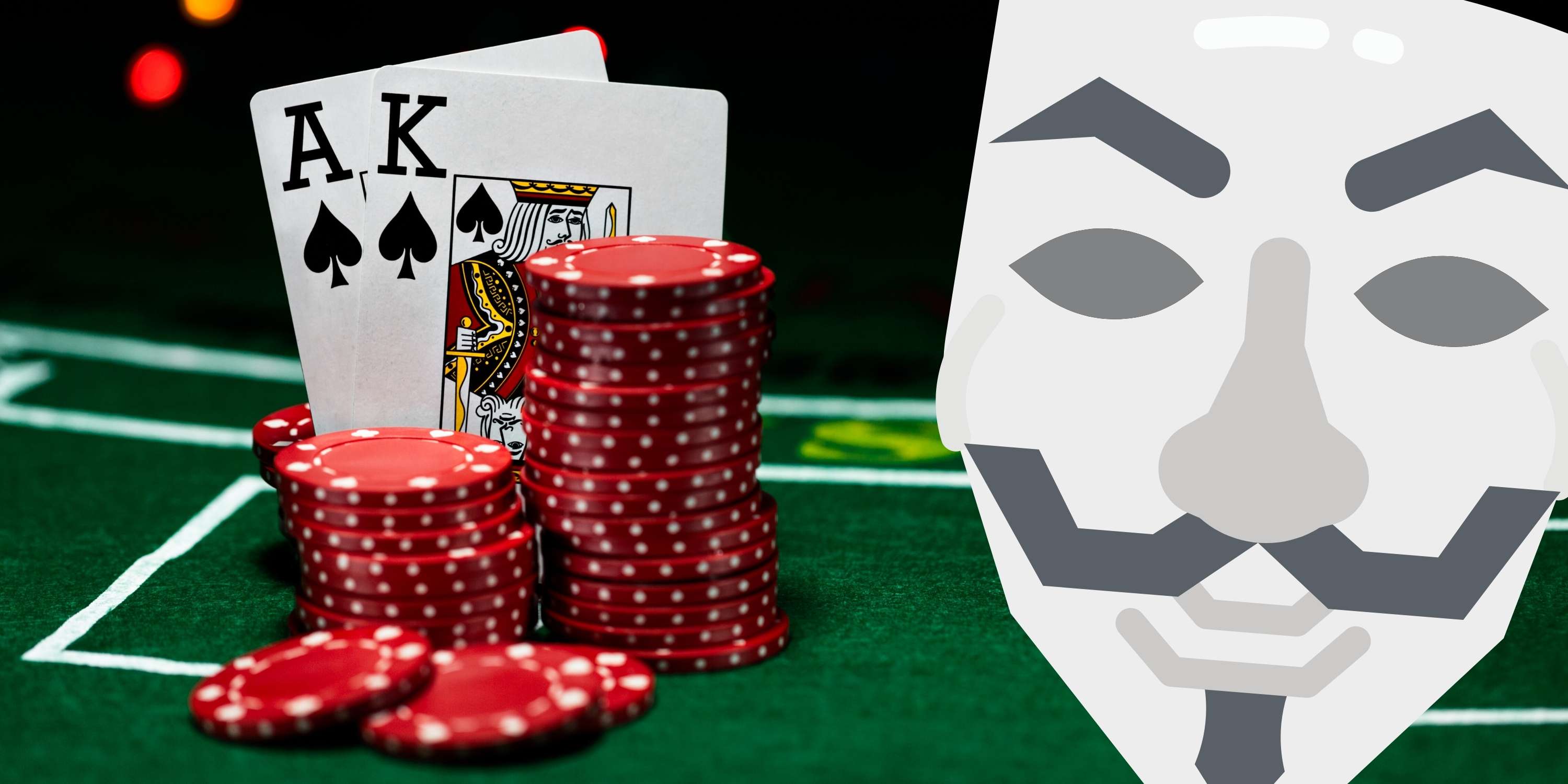
Blackjack cheats refer to illegal or unethical methods used to gain an unfair advantage over the casino, such as card counting, marking cards, or using devices like hidden cameras or betting calculators. While card counting itself is not illegal, casinos can ask players to leave or ban them, and other methods, like using cheat devices or collaborating with dealers, are considered cheating and can lead to criminal charges.
What are Blackjack Rule Differences – How They affect the House Edge?
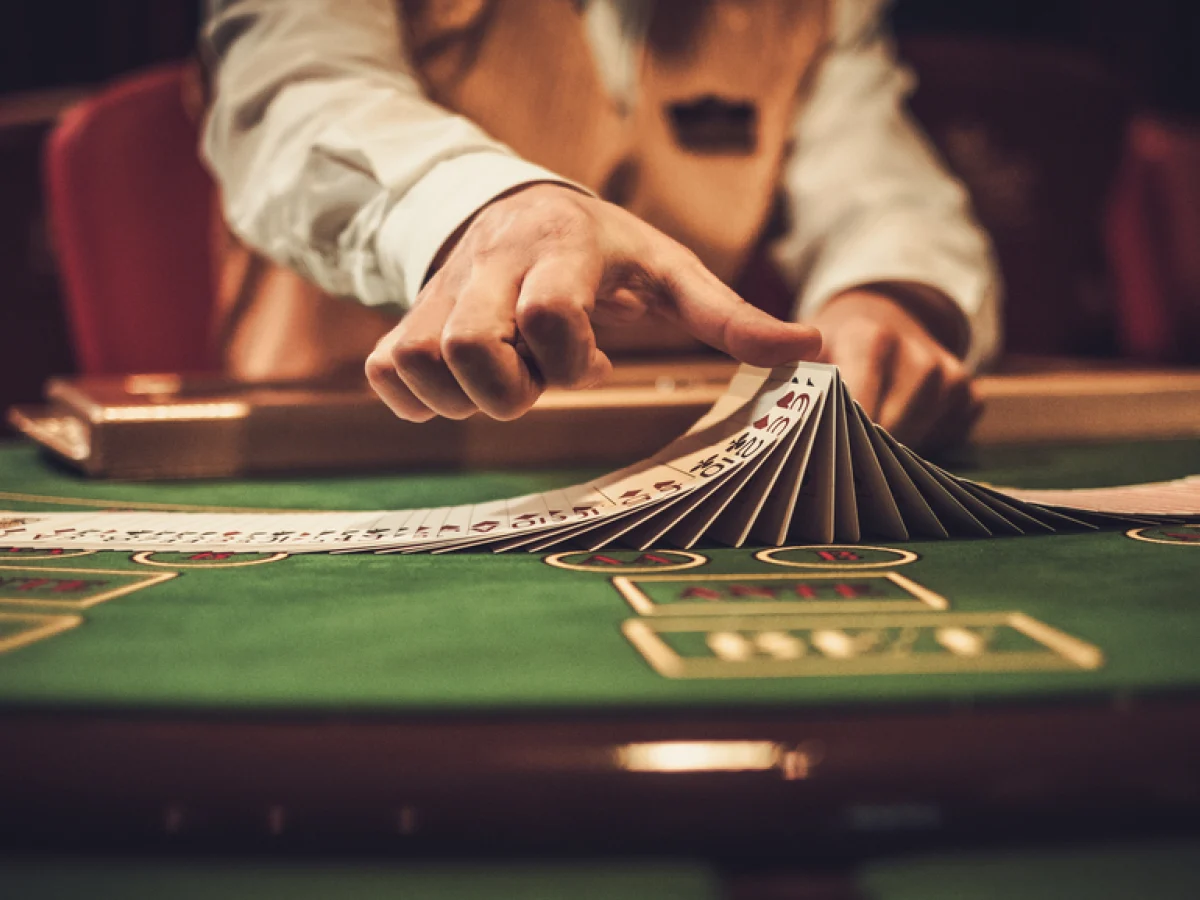
Blackjack rule differences, such as the number of decks used, whether the dealer hits or stands on a soft 17, and the payout for blackjack (3:2 vs. 6:5), can significantly affect the house edge. For example, using more decks increases the house edge, while a dealer standing on a soft 17 gives the player a slight advantage, and a 6:5 payout for blackjack increases the house edge by about 1.4% compared to a 3:2 payout.
Blackjack Rules
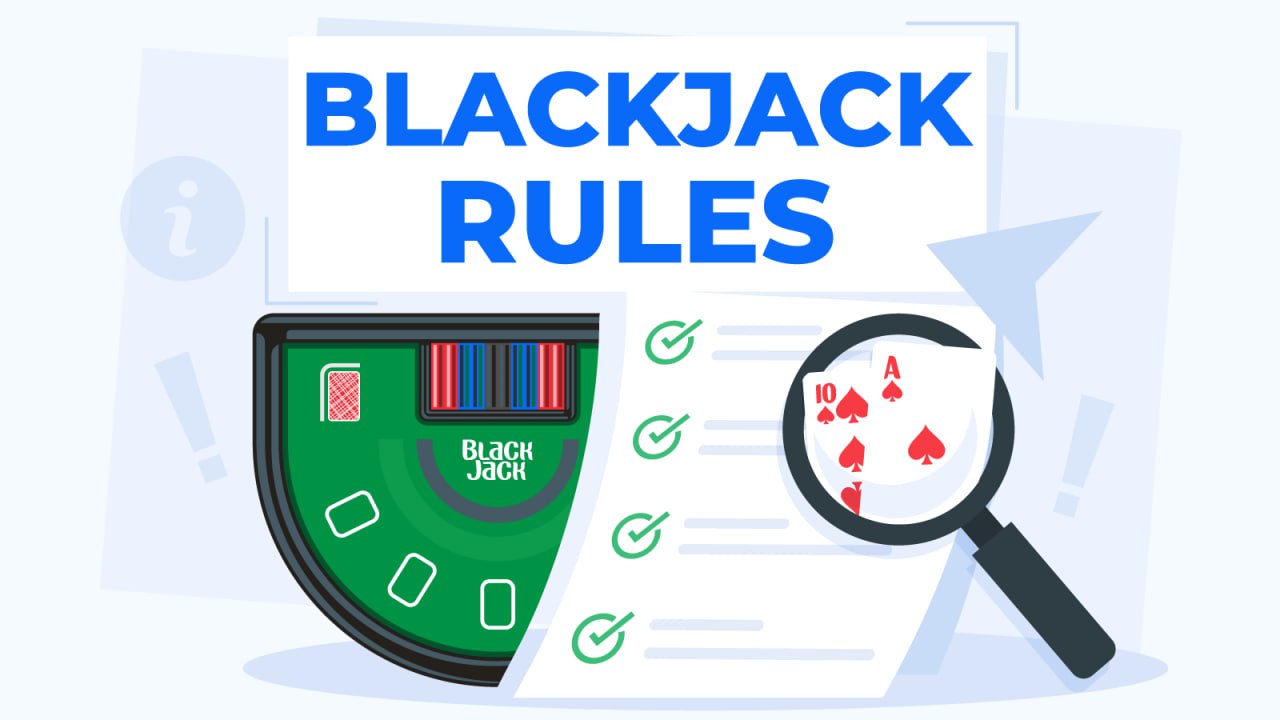
In blackjack, the goal is to have a hand value as close to 21 as possible without exceeding it, with Aces worth 1 or 11, face cards worth 10, and numbered cards at face value. Players can choose to hit, stand, double down, or split, while the dealer must hit on 16 or less and stand on 17 or more, and the player wins by having a better hand or if the dealer busts.
What are Blackjack Rules
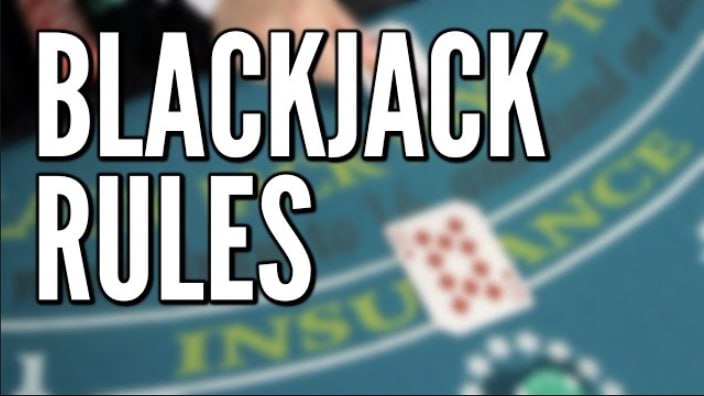
In blackjack, the goal is to have a hand value as close to 21 as possible without exceeding it, with Aces worth 1 or 11, face cards worth 10, and numbered cards at face value. Players can choose to hit, stand, double down, or split, while the dealer must hit on 16 or less and stand on 17 or more, and the player wins by having a better hand or if the dealer busts.
Single Deck Blackjack Advantages and Disadvantages
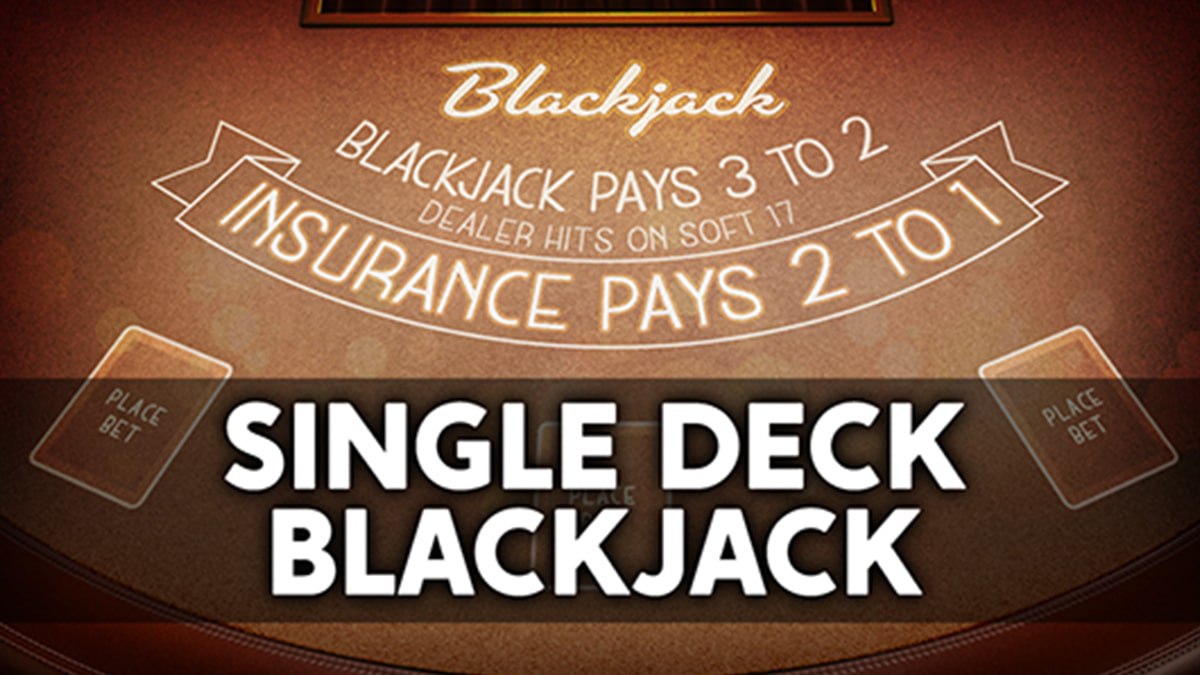
Single deck blackjack offers the advantage of a lower house edge and makes card counting more effective due to fewer cards in play. However, casinos often adjust rules like lower payouts for blackjack and faster game pace to offset the player's advantage.
What are the Advantage of Online Blackjack Bonuses?

Online blackjack bonuses offer several advantages, such as providing extra funds to extend your gameplay, allowing you to practice without risking as much of your own money. They can also give you opportunities to try different blackjack variants or strategies, and some bonuses come with loyalty rewards, increasing your potential for long-term benefits.
What are the Best blackjack tips,tricks and hacks?
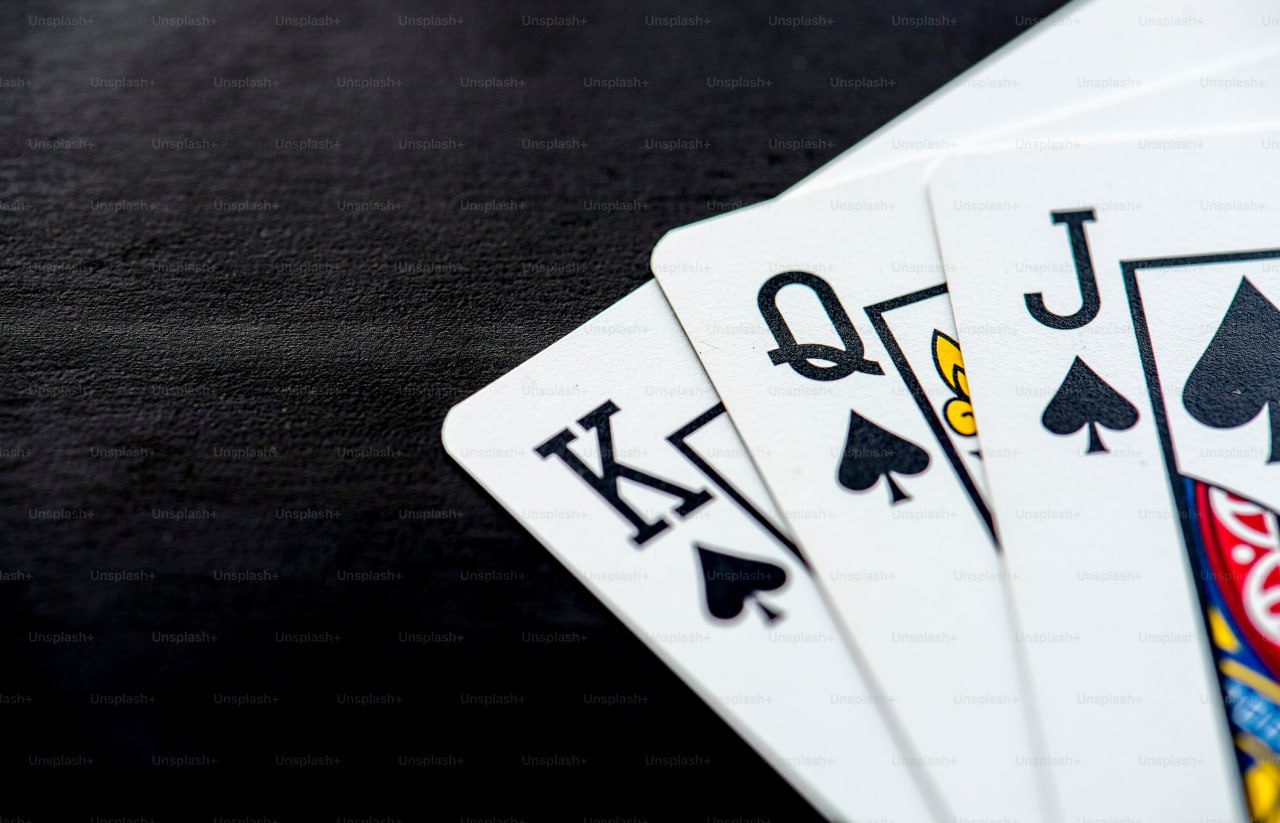
To improve your blackjack chances, master basic strategy, manage your bankroll, and avoid insurance bets, which typically favor the house. For skilled players, card counting and choosing tables with favorable rules, like 3:2 payouts and fewer decks, can offer an edge.
What are the chances of winning blackjack?
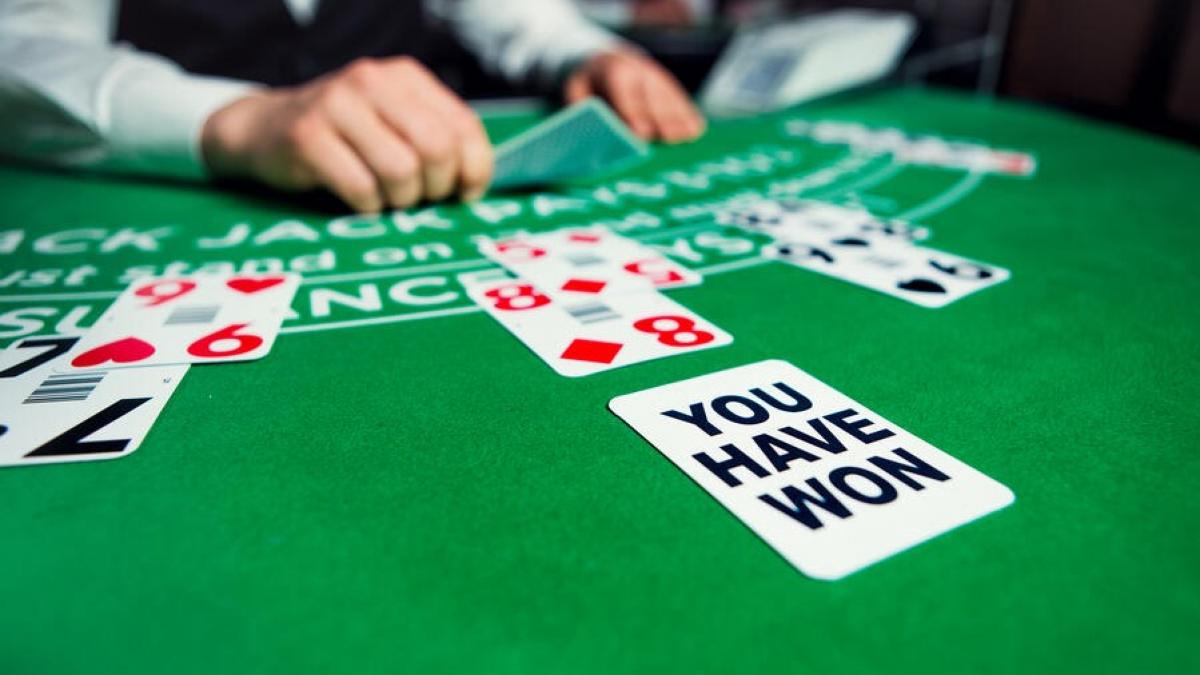
The chances of winning at blackjack depend on various factors, such as the number of decks used, the specific rules of the game, and your strategy. With perfect basic strategy, the house edge is typically around 0.5%, meaning the player’s chances of winning each hand are roughly 42-49%, while the rest of the outcomes involve ties or losses.
What are the Important Blackjack Tips?

Important blackjack tips include mastering basic strategy to make the best decisions, managing your bankroll to avoid losing too quickly, and avoiding insurance bets, which tend to favor the house. Additionally, choosing games with favorable rules, like 3:2 payouts for blackjack and fewer decks, can increase your chances of winning.
What is the Labouchere System in Blackjack ?
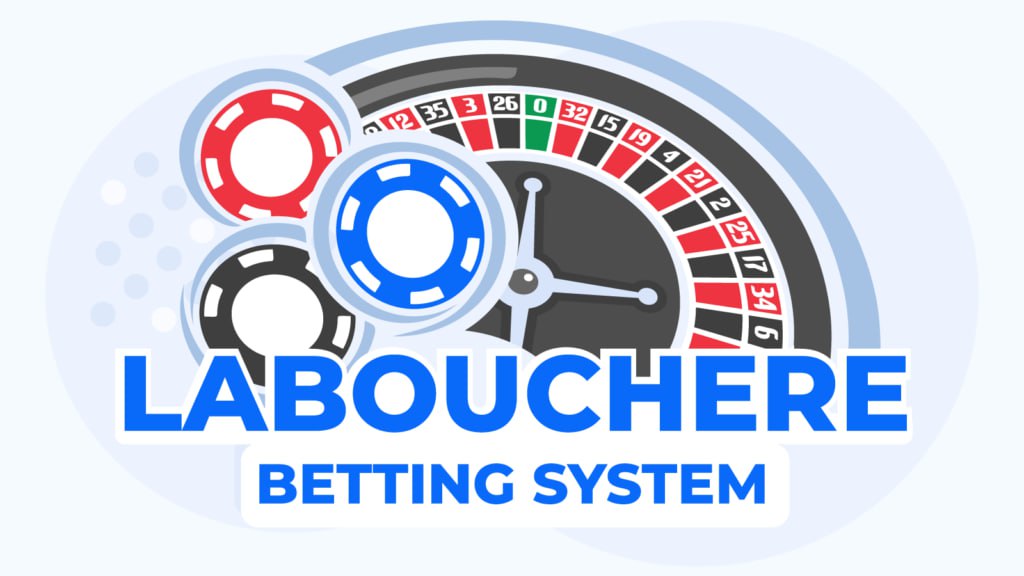
The Labouchere system in blackjack is a progressive betting strategy where you set a target profit and break it down into a sequence of numbers. After each bet, you add or remove numbers from the sequence depending on whether you win or lose, with the goal of eventually crossing out all the numbers and achieving your target profit, though it carries a risk of large losses during losing streaks.
What is 1-3-2-6 System in Blackjack ?
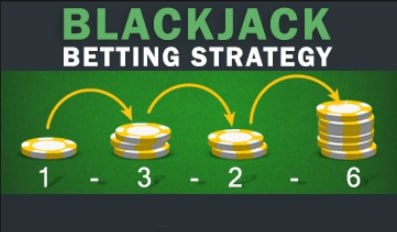
The 1-3-2-6 system in blackjack is a positive progression betting strategy where you adjust your bets in a specific sequence: 1 unit, 3 units, 2 units, and 6 units. The idea is to increase your bet after a win while reducing it after a loss, aiming to maximize profits during winning streaks while limiting losses during down periods.
What is Blackjack card counter?
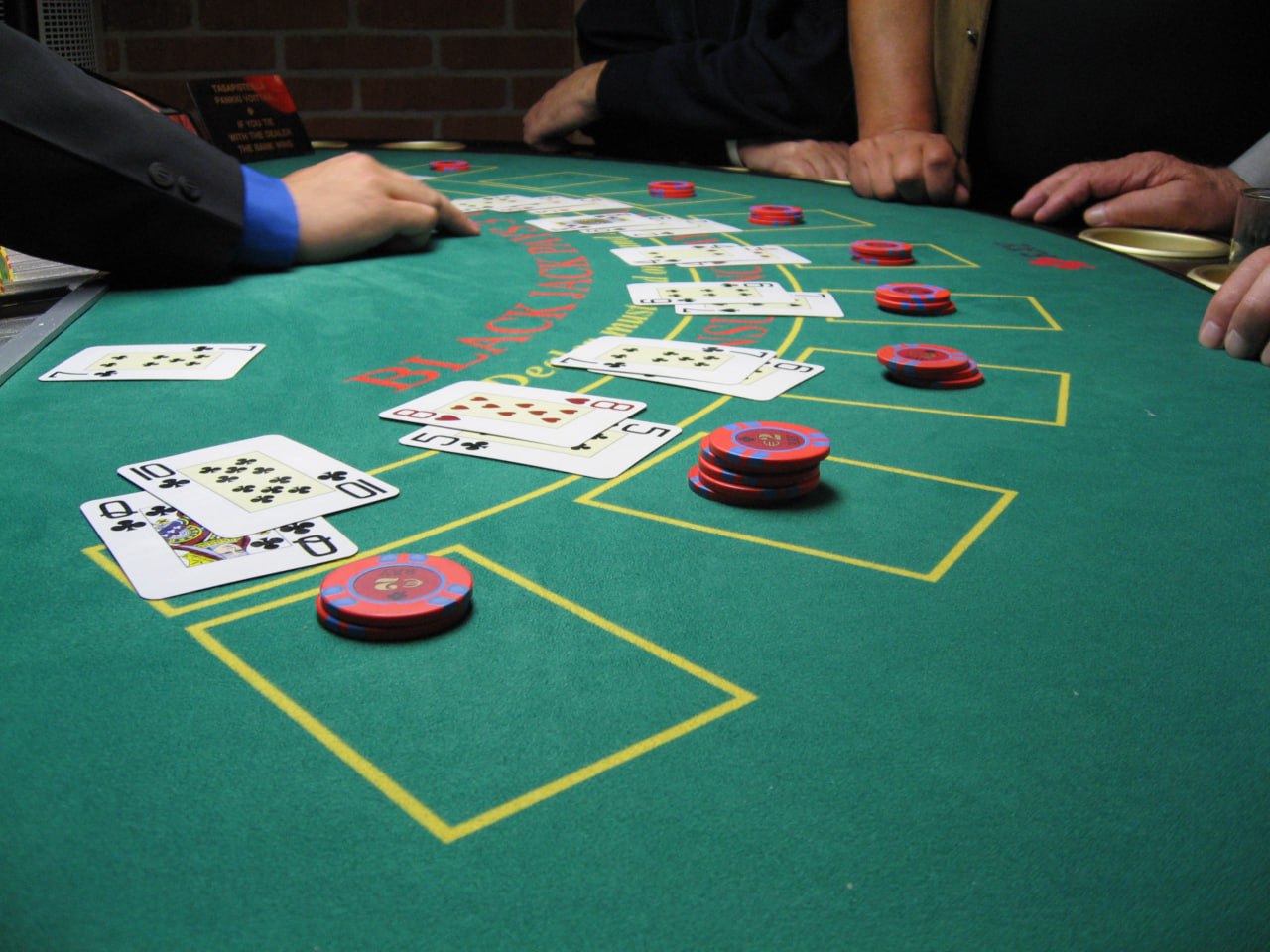
A blackjack card counter is a player who uses a strategy to track the ratio of high to low cards remaining in the deck to determine when the odds are more favorable to them. By keeping track of cards that have been dealt, they can adjust their bets and playing decisions to gain an edge over the house, though it requires significant skill and concentration.
is Negative and Positive Progression Blackjack Systems?
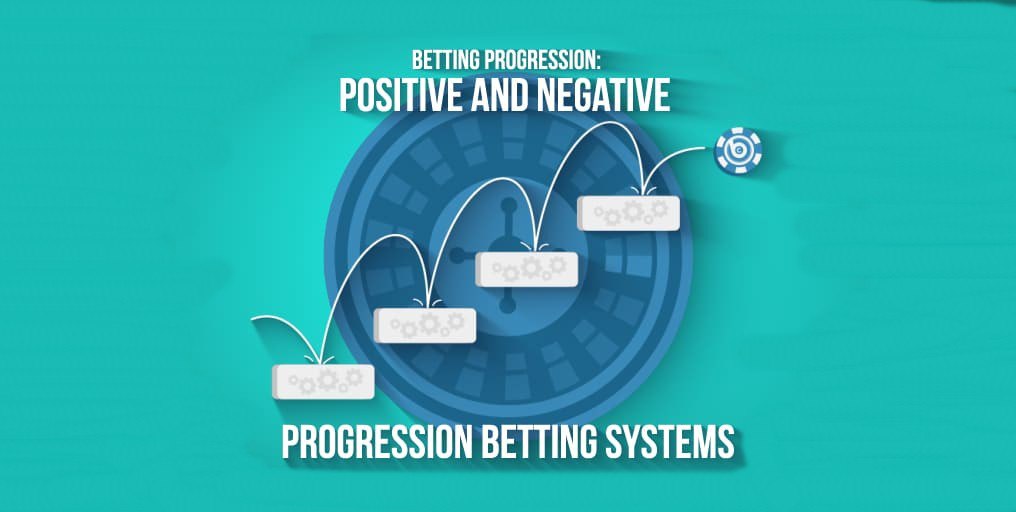
Negative progression systems involve increasing your bet after a loss, with the idea of recovering losses during a win, but they can lead to large losses during losing streaks. Positive progression systems increase your bet after a win, aiming to capitalize on winning streaks while minimizing losses during downturns, and are generally less risky.
What is Parlay System in Blackjack ?
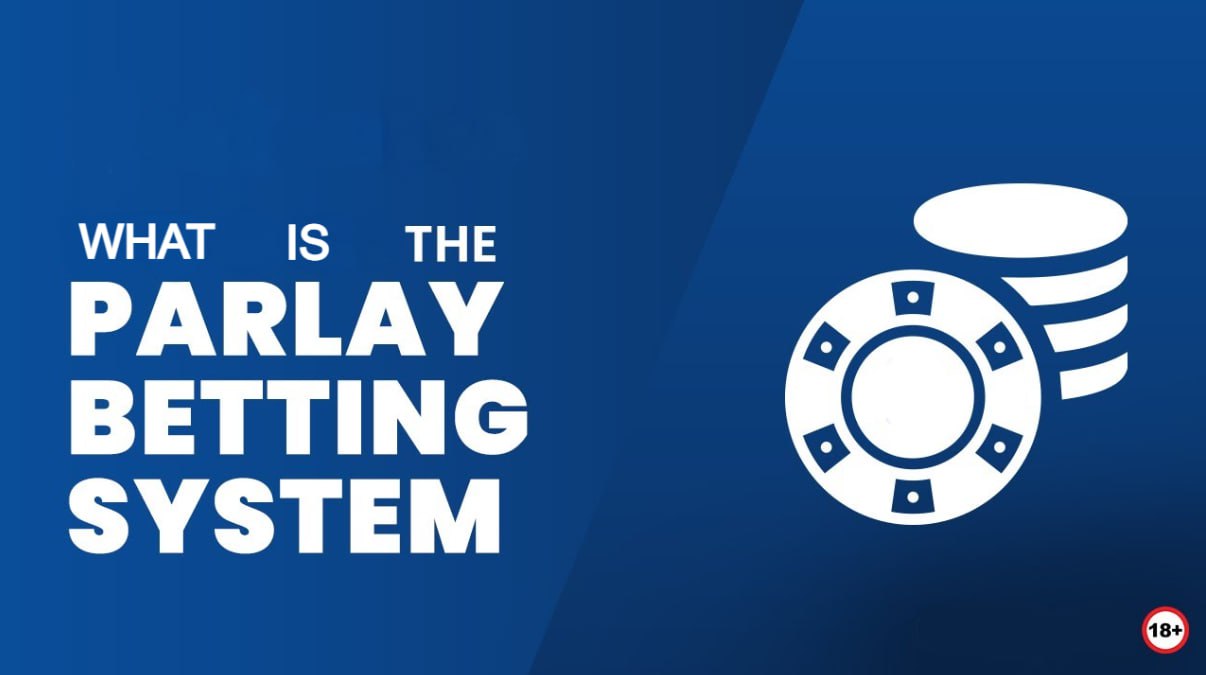
The Parlay system in blackjack is a betting strategy where you double your bet after a win, using the winnings to fund the next bet. This allows you to maximize profits during a winning streak, while minimizing the risk to your original bankroll.
What is Paying for Blackjack Betting System?
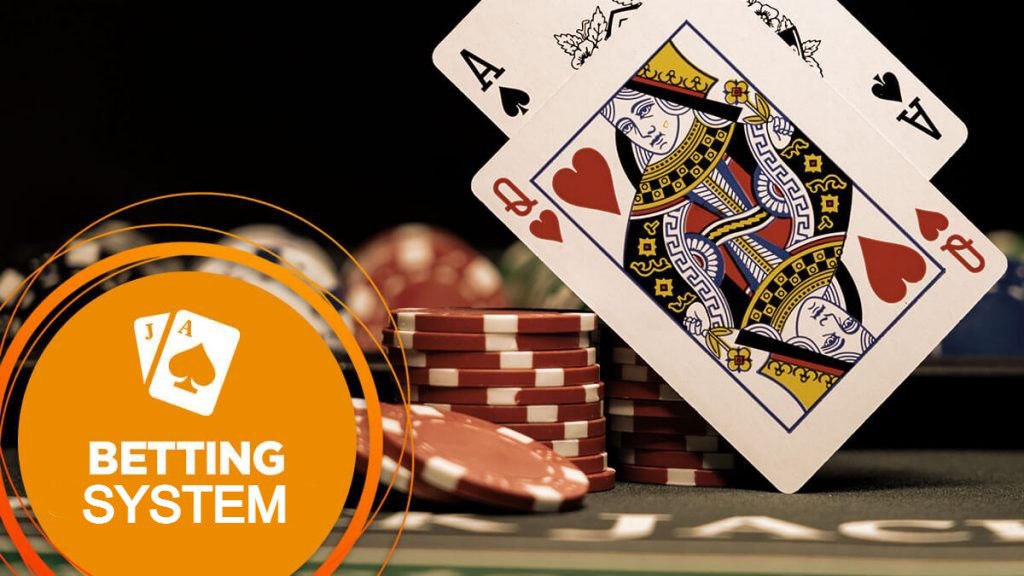
The "Paying for Blackjack Betting System" does not refer to a widely recognized strategy in blackjack. It may be a misunderstanding or confusion with other betting systems, like Martingale or D'Alembert, where players adjust their bets after wins or losses to manage their bankroll.
What is Perfect Pairs Blackjack?
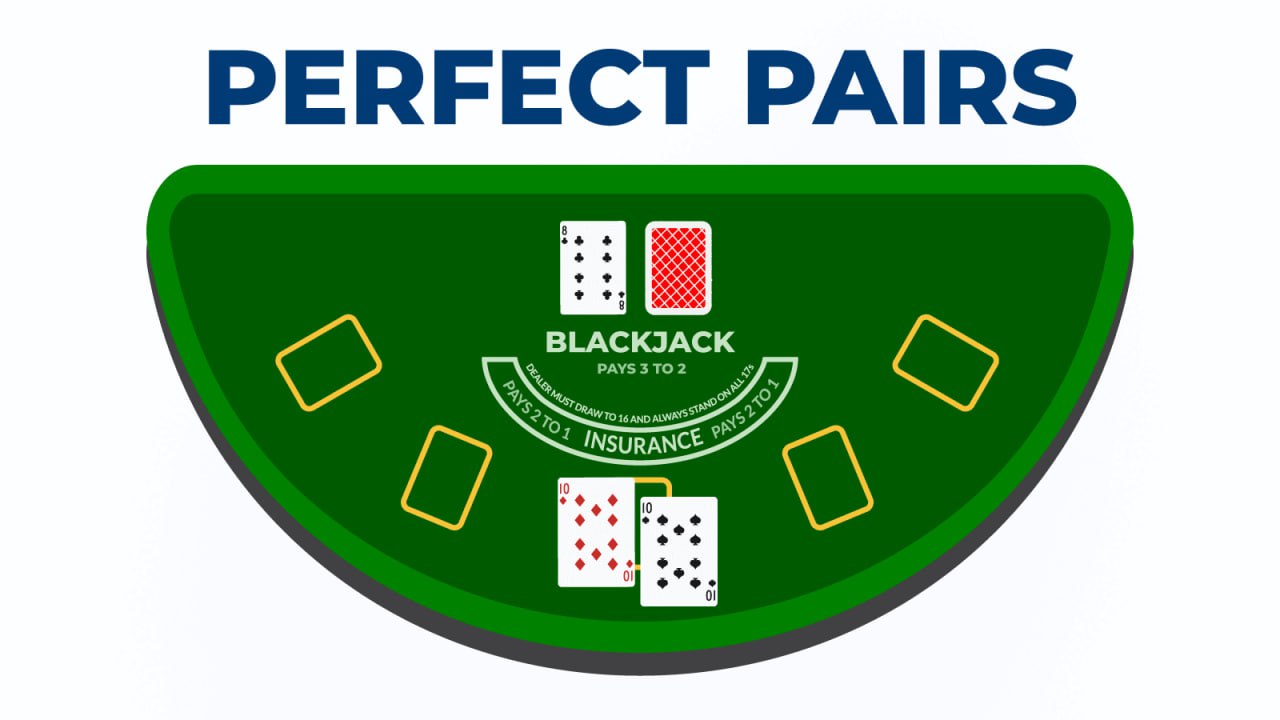
Perfect Pairs Blackjack is a variation of the traditional blackjack game that adds an additional side bet. The side bet allows players to wager on whether their first two cards will form a pair, with payouts depending on the type of pair: a mixed pair (different suits), a colored pair (same color), or a perfect pair (same rank and suit).
What is Super Fun 21 Blackjack
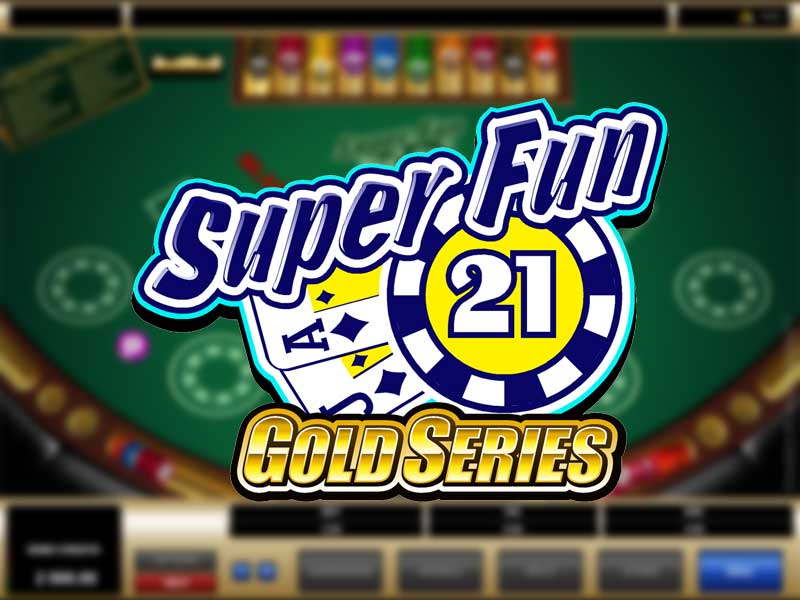
Super Fun 21 is a variation of blackjack with a few rule changes that offer players more opportunities to win. In this game, a player's hand with a total of 20 (regardless of the cards) is considered a "Super Fun 21," which automatically wins, and a player can double down on any number of cards, even after splitting. However, the game often offers a lower payout for blackjack, typically 1:1 instead of the traditional 3:2.
Why was 21 chosen as the number to play blackjack
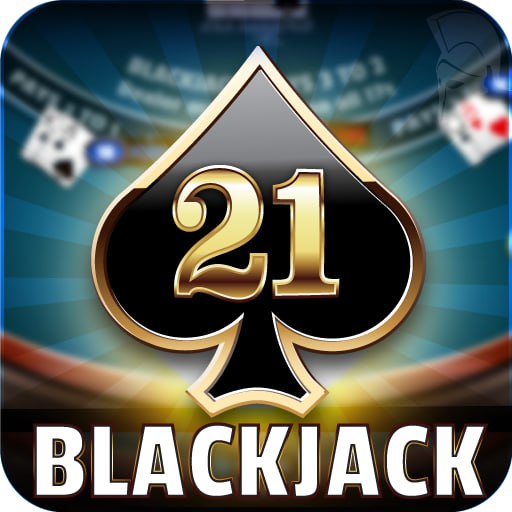
The number 21 was chosen for blackjack because it is considered the optimal hand total, representing the highest possible combination without exceeding the limit. Historically, the game evolved from various European card games, and the 21-point target became standard as it offers a balance between risk and reward, creating a challenging yet achievable goal for players.